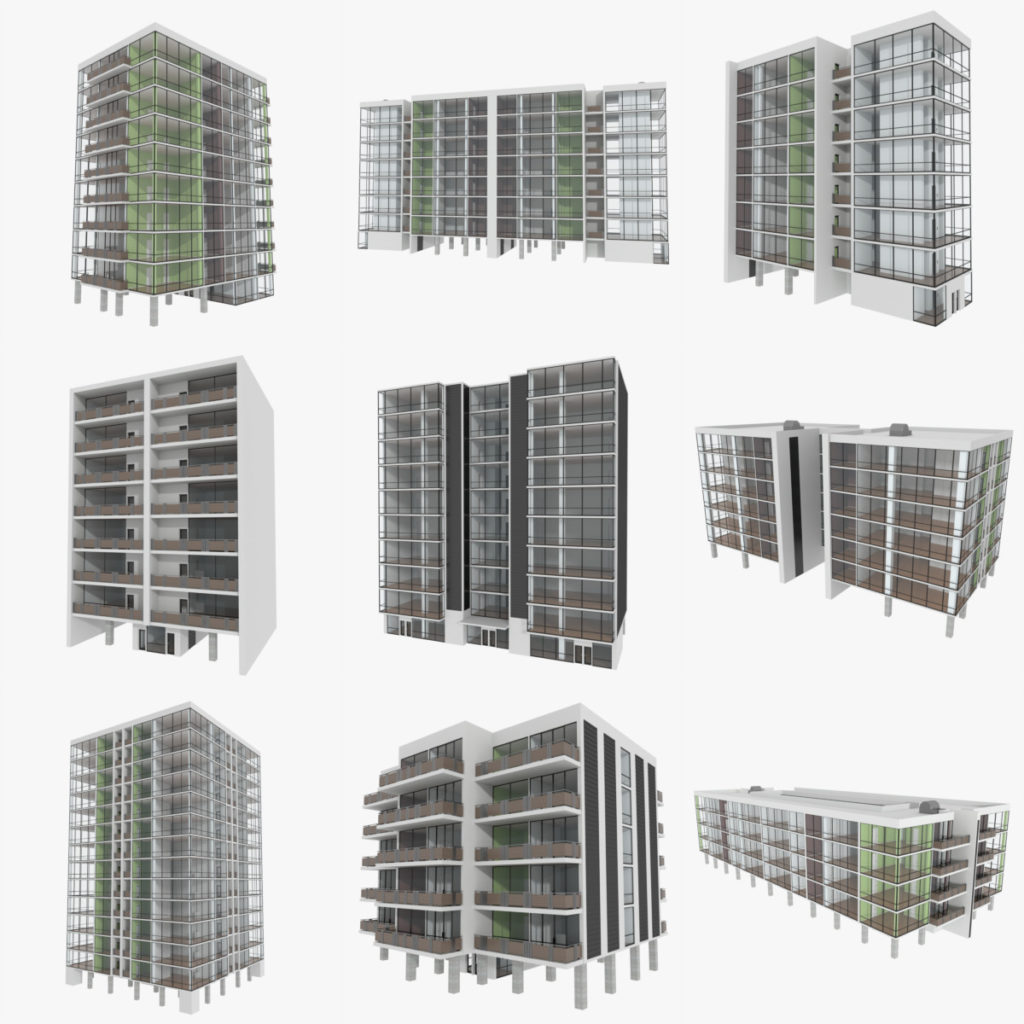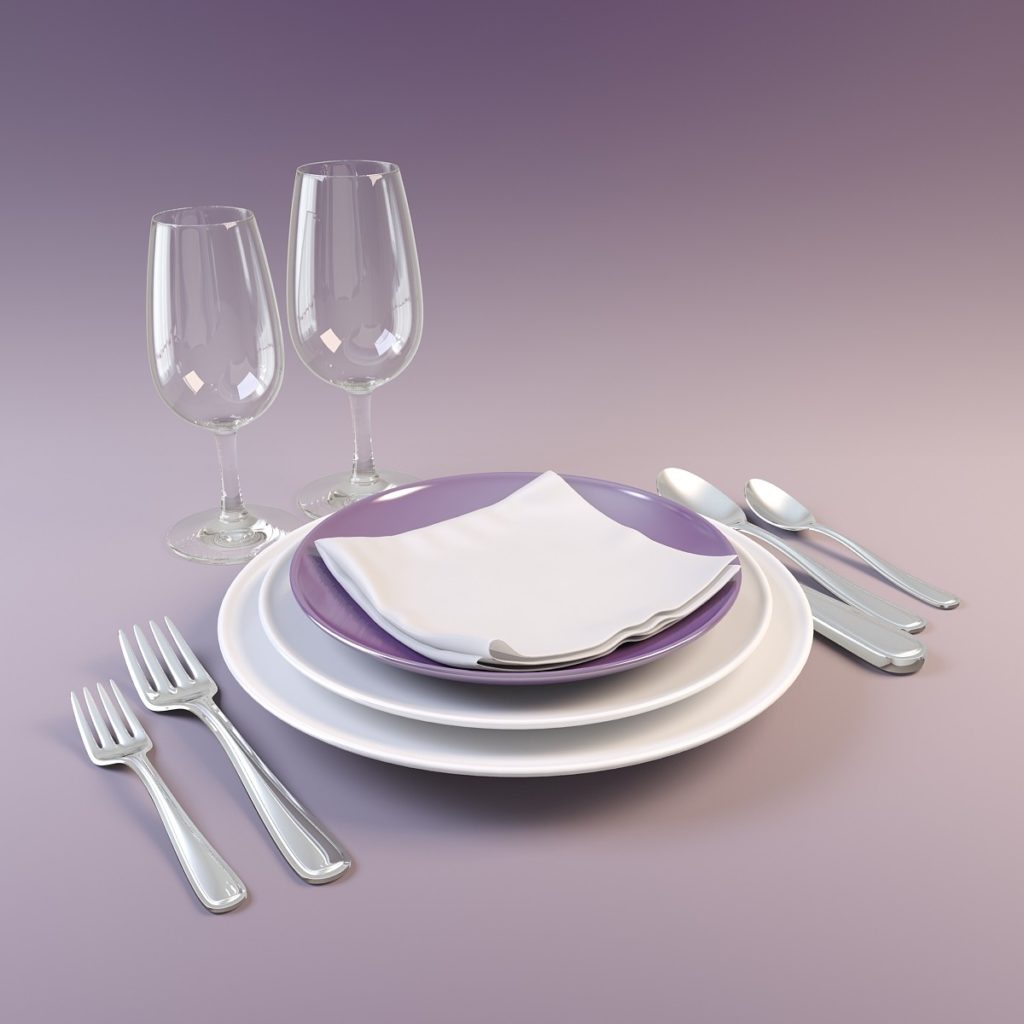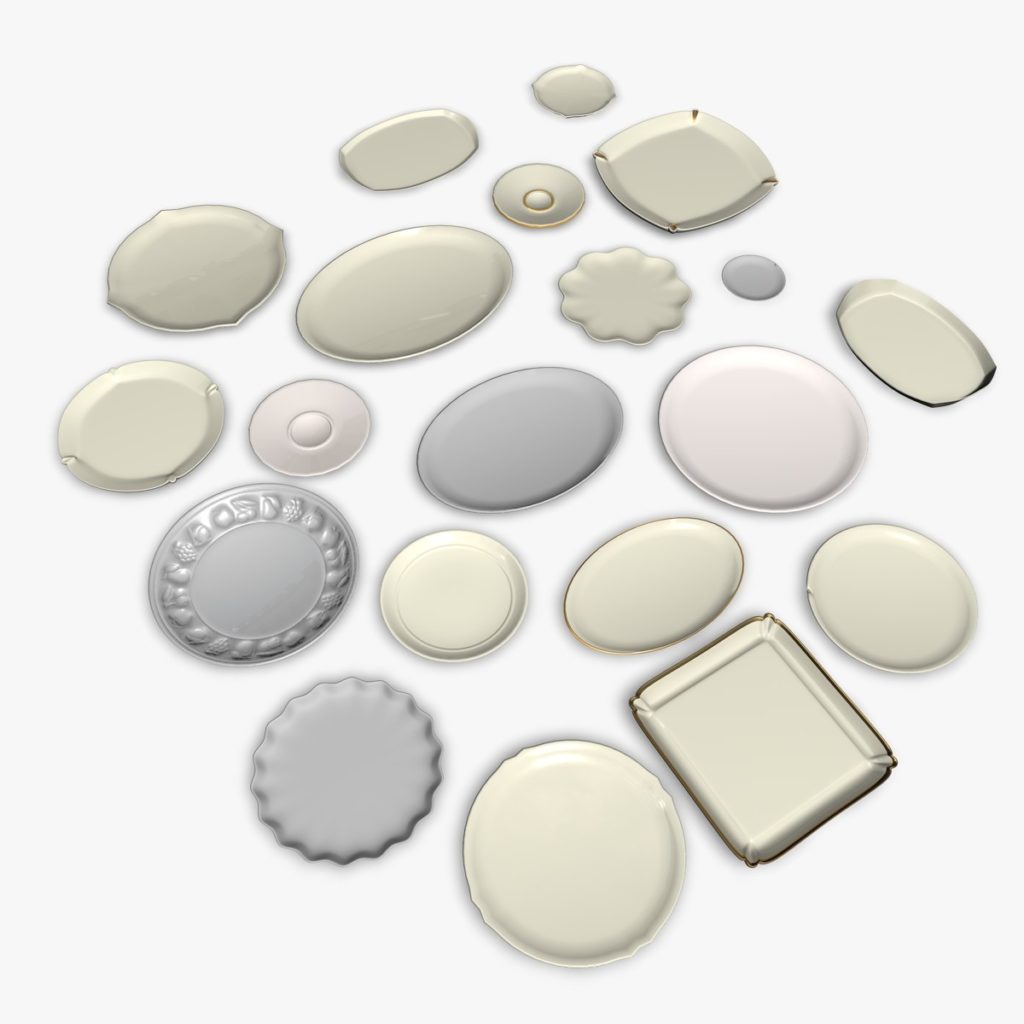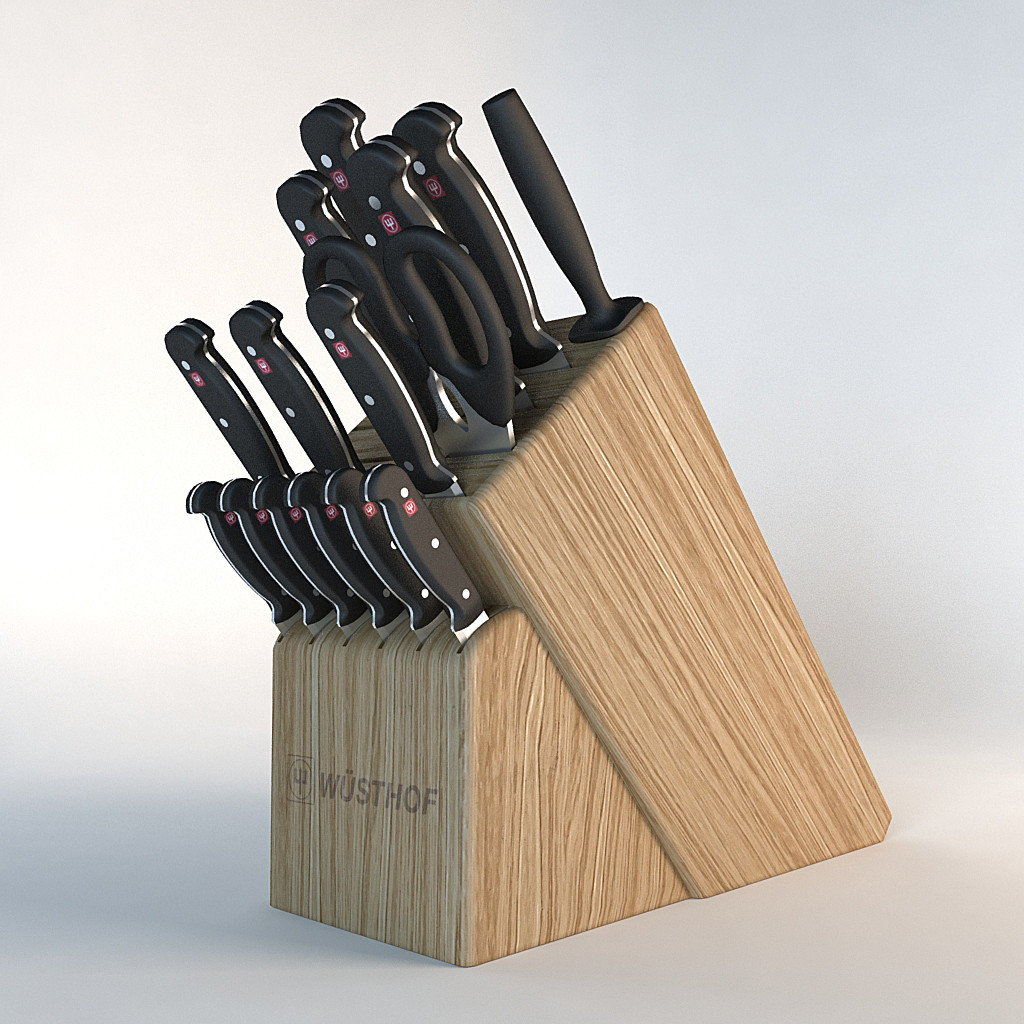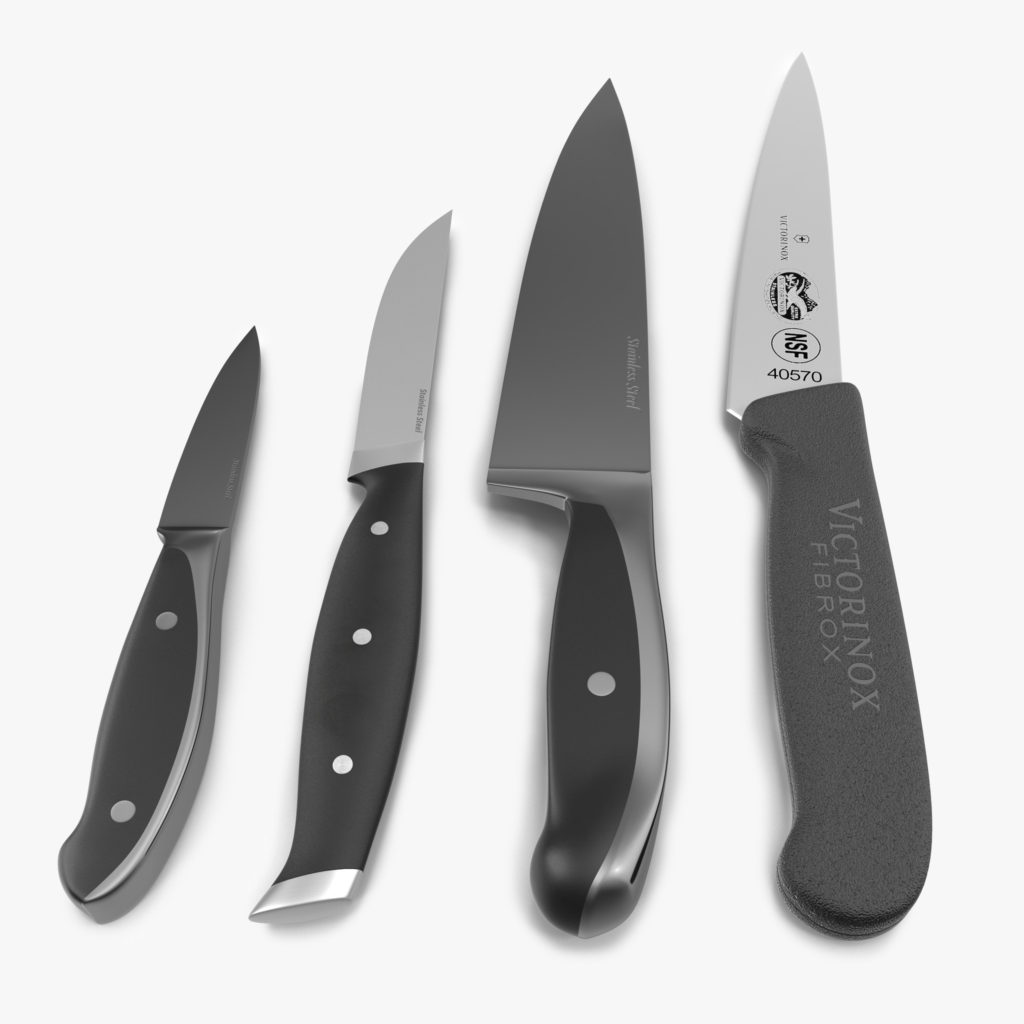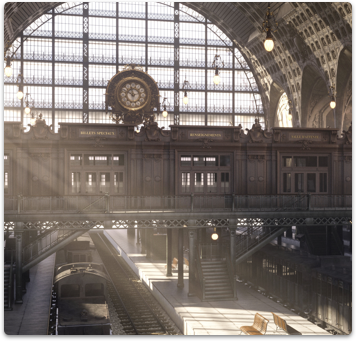A common question we get from artists when certifying CheckMate Models is how they can distinguish whether their model is a scene, set, or collection? This is important to understand since scenes and sets can be submitted for CheckMate certification, while collections cannot be submitted unless all of the models within the collection have been CheckMate certified individually first. The current definition for identifying your model as a scene, set or collection is listed as follows:
A 3D model file that contains several objects can be either a scene or a collection.
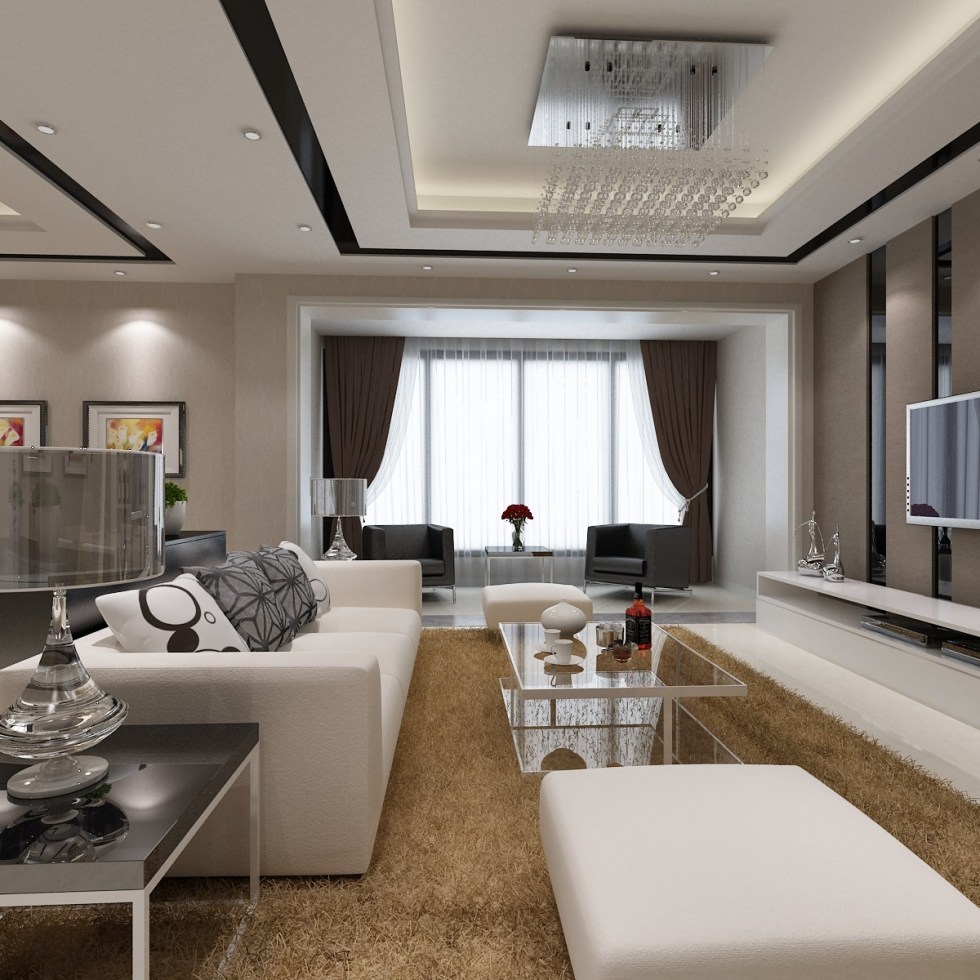
A scene is a grouping of objects placed in an interior or exterior environment that forms a meaningful unit, such as an architectural block, an office interior, or a city setting. A scene often includes terrain (exterior) or floors/walls (interior) to set the environment for additional objects placed appropriately.
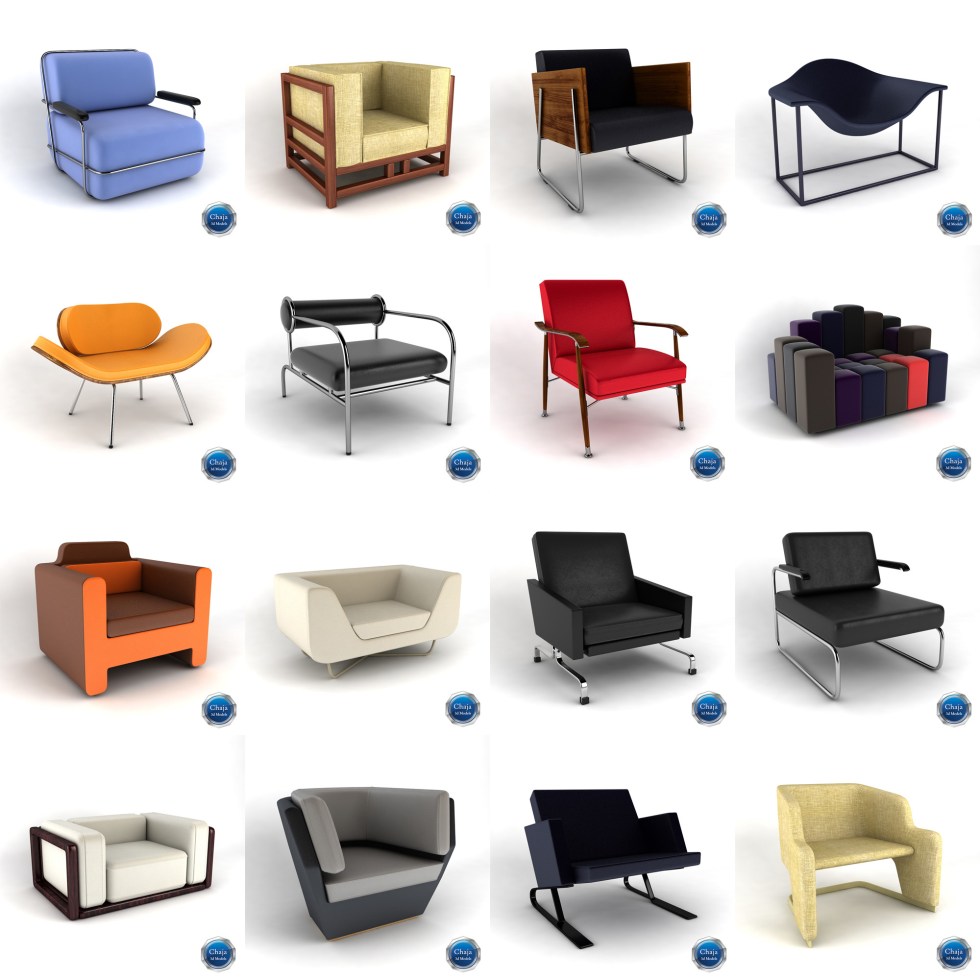
A collection is a series of like or related objects intended to be used or placed separately by the customer. A collection does not include an environment nor are objects placed together in a meaningful unit. For example, a product consisting of individual pieces of office furniture lined up in a row, intended for the customer to merge individually into another scene, is considered a collection, even if they are all in the same file.
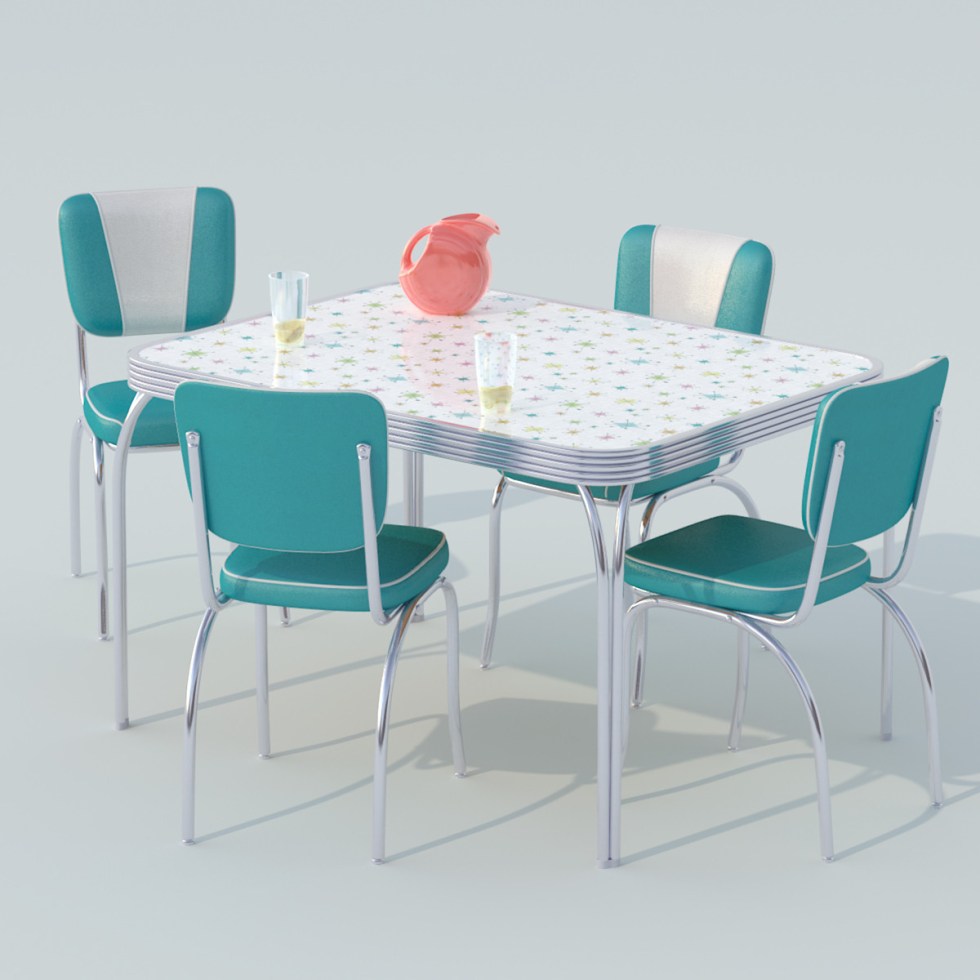
You might also have a grouping of a small number of objects that are neither a scene nor a collection. For example, a dining room model consisting of four matching chairs and a table is considered a set, not a scene or collection. In this situation, the individual elements are assembled into a meaningful way and are intended to be used together as-is.
These definitions can be a bit confusing at first but are very simple when understood. Keep in mind that how TurboSquid defines a scene, set, and collection to a 3D model can be different than how the terms are applied to their real world counterparts. Let’s look at a couple of additional practical examples.
We’ll start with office interiors and city exteriors. These are a specific area of interest and are generally classified as scenes. They contain multiple objects, but are created and laid out in a meaningful way as a cohesive unit.
However, multiple buildings that have no exterior environment or layout and are meant to be chosen from is considered a collection. The same holds true for a row of computer chairs that are not contained in an interior or organized in a meaningful unit – these are also considered a collection.
Likewise, plates, silverware and napkins, when placed in a meaningful unit, are classified as a set and not a scene nor collection. While this example contains multiple elements (as is the case for both scenes and collections), these elements have been purposefully arranged in a manner that is intended to identify the entire model as a single, cohesive unit that can be placed directly into another scene to create the proper context.
If all these elements were placed in a row, or occupied the space randomly, it would then be considered a collection. Collections require the customer to organize the objects or choose between specific objects for use, as opposed to dropping the entire model into a scene or project as-is.
Another example, we can look at is two models containing knives. The knife set with holder and cutting board below differs from the second image that only contains various knives in that it is displayed as a meaningful unit. The model is intended to be placed directly in a scene.
The model with the individual knives requires a customer to choose which specific knife or knives to incorporate into their scene. They are not placed in a meaningful unit and therefore considered a collection and can’t be certified for CheckMate unless each knife is CheckMate certified individually first. Keep in mind that the various knives could be modified by the artist to qualify as a set opposed to a collection. Placing the knives in a knife holder or placed on a cutting board creates a meaningful unit and is therefore considered a CheckMate certifiable set.


